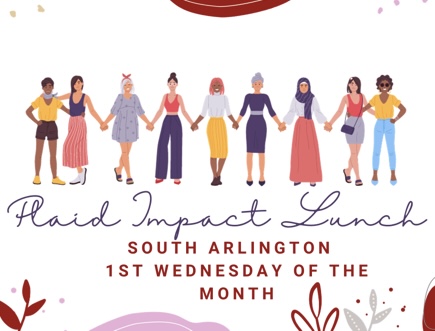My husband loves the color green. I mean he REALLY loves it–so much that he wears it almost every day. So when I was looking for inspiration for this post, I didn’t have to look far…
Green is powerful. It can have a calming effect, it can symbolize new life and even greed or envy. It can also represent a healthy way of eating. This month it represents a culture of people that you can feel part of –all you have to do is wear wear green on March 17th! Of all these things that give green meaning, I’ll be focusing on three:
- Eating green
- Eating your greens
- Spending your green
Eating Green
In my latest book, Eating Expectantly, I focus on eating cleaner and greener. In fact, I almost made that part of the subtitle, but the term “eating green” can be confusing. To me it means eating foods as close  as possible to their natural state:
as possible to their natural state:
- Fresh or frozen fruits and veggies
- Grains in their least processed state
- Fresh meats, chicken and fish
- Eating foods with the least (or no) added preservatives, artificial colors or sweeteners.
Of course some foods have to be processed—such as to make yogurt, you need to add a culture to it. To make bread, you need to process grain into flour. The degree of processing makes a difference to a foods nutrient content though. Most of the time it decreases the amount or bioavailability of nutrients. But sometimes, processing food improves its nutritional impact. Such is the case with tomatoes.
Green can also imply buying organic. “ Should I buy organic?” is one of the questions I’m asked the most. And the answer is, it depends-on what you eat, and how often you eat it. First, consult the Environmental Working Group’s “Dirty Dozen” and “Clean 15” lists. Check out how often you eat the produce on the “Dirty” list. For example, if you eat apples (#2 on the list) more than 3 times a week, I’d recommend buying organic. (Personally, I always buy organic apples, strawberries, tea and milk, as well as organic foods that are a good bargain!)
Kids can be more impacted by pesticides so take special care with buying organic for the foods they eat often, like milk.
Eating your Green
 Of all the healthy foods out there, eating your green can make the most difference to a woman’s health. Here’s why:
Of all the healthy foods out there, eating your green can make the most difference to a woman’s health. Here’s why:
- Dark green veggies are rich in folic acid. This B vitamin is critical to a healthy pregnancy—decreasing risk of birth defects, but also helping with fertility in general.
- Greens like spinach, kale and other leafy greens are the best sources of vitamins A and lutein, both important for eye health. Lutein has been shown to aid in fetal eye and brain development as well as help maintain cognitive function and eye health as we age.
- Green fats like avocado, pistachios and olives promote a healthy heart and let’s not forget the most important part of eating—they taste good!
Spending Your Green
You get what you pay for, as they say. I like to think of eating well as “pay now or pay later.” Pay now –spending money on healthy, high quality food. Or pay later—for expensive drugs and medical treatment. Of course you can spend plenty of cash on the wrong foods too, so focus on quality, not  quantity! With skyrocketing cost of health care, the better investment is spending now on good nutrition and fitness.
quantity! With skyrocketing cost of health care, the better investment is spending now on good nutrition and fitness.
There’s another way to make a difference with your green. Voting with your dollar. Regardless of your political slant, you can choose not to support companies whose ethics don’t match your own. You can also support “green” companies that are stewards of the environment and choose your investments based on your values.
Who could guess that a green shirt could be such an inspiration? This month, I wish you lots of green inspiration, as well as a bit of the ‘luck of the Irish’!












